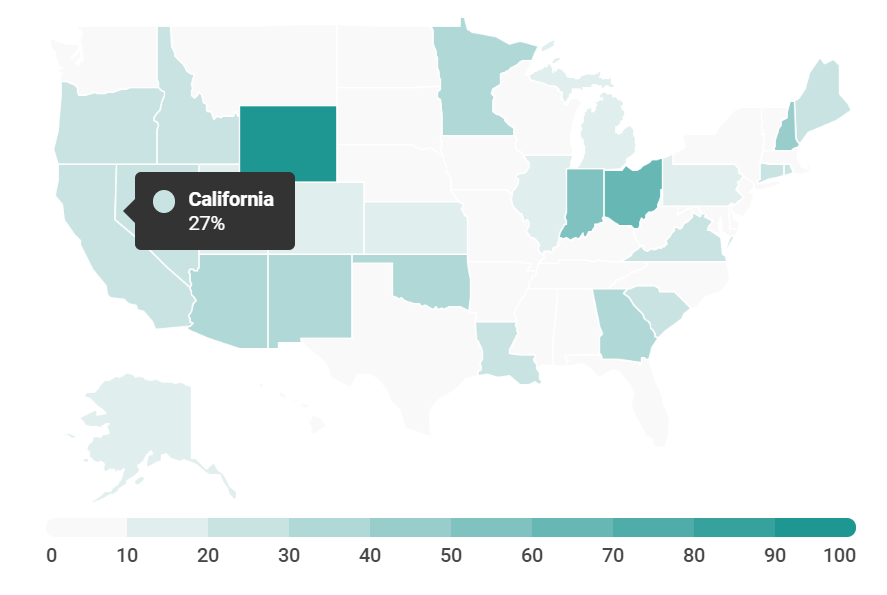With 6 percent of U.S. students currently attending public charter schools, they can and should play a role in creating equal opportunity for students, but doing so will require focus from charter providers and dedication from policymakers at all levels, according to a recent report by The Century Foundation focusing on public charters and educational equity. The report comes on the heels of an Education Week article that finds that a quarter of all public charter high schools in the U.S. graduate less than 50 percent of their students.
The Century Foundation’s report, “Advancing Intentional Equity in Charter Schools,” examines the ability of charter schools to equitably serve a diverse student body, outlines the impacts of privately operated charters on traditional public school districts, and makes a comprehensive series of policy recommendations to ensure that charter schools foster equitable practices for all children, including those attending traditional public schools in districts where charters locate.
“The proliferation of unregulated, privately managed charter schools has had a dramatic fiscal impact on local school districts and their ability to provide essential support and services to all students,” says CTA President Eric Heins. “As the report states, charter schools should only have a place in our public educational landscape if they further our public policy goal of advancing equal educational opportunity.”

The Century Foundation report outlines national trends about how charters serve different student populations and related impacts. While the overall racial composition of charter schools (white 33 percent, African American 27 percent, Hispanic 32 percent) is more equally distributed than in traditional public schools (white 59 percent, African American 17 percent, Hispanic 19 percent), data at the school level shows that 17 percent of charter schools are more than 99 percent students of color (compared with 9 percent of traditional schools).
The report expresses similar concerns about the socioeconomic status of charter school students. According to the National Center for Education Statistics, charter schools are more likely than traditional public schools to be high-poverty schools (more than 75 percent eligible for free or reduced-price lunch, or FRPL) or low-poverty schools (less than 25 percent FRPL). This raises questions about where privately operated charter schools choose and are approved to open. Privately managed charters have also been criticized historically for serving fewer special education students and English learners.
The racial and economic imbalances at these charter schools make the results of a recent Education Week article even more striking. The article, “In Many Charter High Schools, Graduation Odds Are Slim,” finds that charters account for more than half (54 percent) of public high schools with less than 50 percent graduation rates — a quarter of all charter high schools and nearly 3 percent of all U.S. public high schools. It also finds that 27 percent of California charter high schools graduate less than half their students in four years. Education Week researchers note the low graduation rates aren’t just a one-time issue; many charter high schools have suffered from chronically low rates for nearly a decade.
Along with scrutiny of these results comes an interest in the impact of charter locations on local school districts. The Century Foundation report outlines the community and financial fallout of independent charter schools, stating that current state policies regarding charters can affect the obligation to provide adequate and equitable public schools to all students.
“Policymakers must take care that the manner in which charter schools are created and funded does not subvert state constitutional guarantees to public education,” the report states.
A series of recommendations for government agencies at federal, state and local levels to improve intentional equity in charter schools nationwide outlines best practices to address the issue.
Recommendations include:
• Requiring local agencies to provide a plan on how they ensure charter schools they authorize are promoting equitable outcomes.
• Adopting state policies that require charter schools to plan explicitly for special student populations, including children with disabilities and English learners.
• Mandating that charter school authorizers consider the fiscal impact of a charter on the district where it is proposed for location.
“In short, charter schools should only have a place in our public educational landscape if they further the public policy goal of advancing equal educational opportunity,” the report states.
See the research at tcf.org and edweek.org.
The Discussion 0 comments Post a Comment